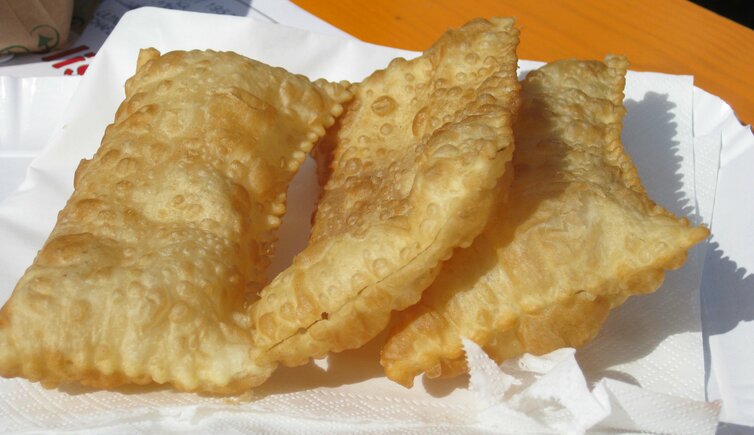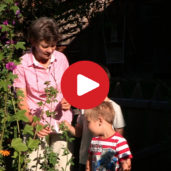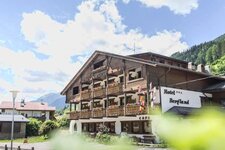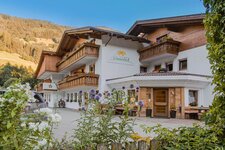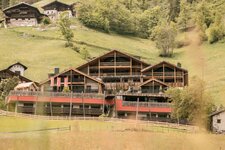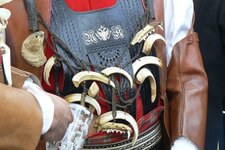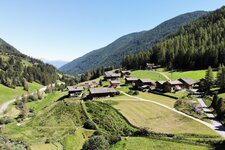“If the Krapfen are good, also the year will be good” - that’s how the ancient tradition of the “Krapfenbetteln” can be explained best
Image gallery: Krapfenbetteln - Krapfen Begging
The Val di Fundres, a side valley of the Val Pusteria, is known for its natural beauty but also for its cultural traditions. One of the ancient customs takes place around All Saints' Day and All Souls' Day - and is called "Krapfenbetteln". Elsewhere Halloween is celebrated, but in Fundres young men dress up and go from door to door asking the residents for Krapfen made of rye flour.
This begging for Krapfen traditionally took place on the eve of All Saints Day. However, through the fact that the young men kept strolling through the streets until the early morning of the feast day, the tradition has been postponed to the evening of the traditional Fundres Fair (Pfunderer Kirchtag) on November 11. The group moves from house to house reciting ancient verses and begging for the homemade Krapfen. But why Krapfen? The traditional pastry is considered an ancient cult pastry, so if the "Krapfen beggars" come to the farm, it will be a good and profitable year. In ancient times, the Krapfen were also placed on the graves or distributed to people in need.
Also in other parts of South Tyrol the custom of the "Krapfenbetteln" is still in use, such as in the Val d'Ultimo valley and the Valle Aurina valley. The latter is known for the "Pitschele-Singen", when a group of men goes from door to door singing songs for the poor souls. This takes place on the nine evenings between All Souls' Day and Saint Martin - that's to say between the 2nd and the 11th of November. In return, the singers receive traditional Krapfen or homemade bread.
